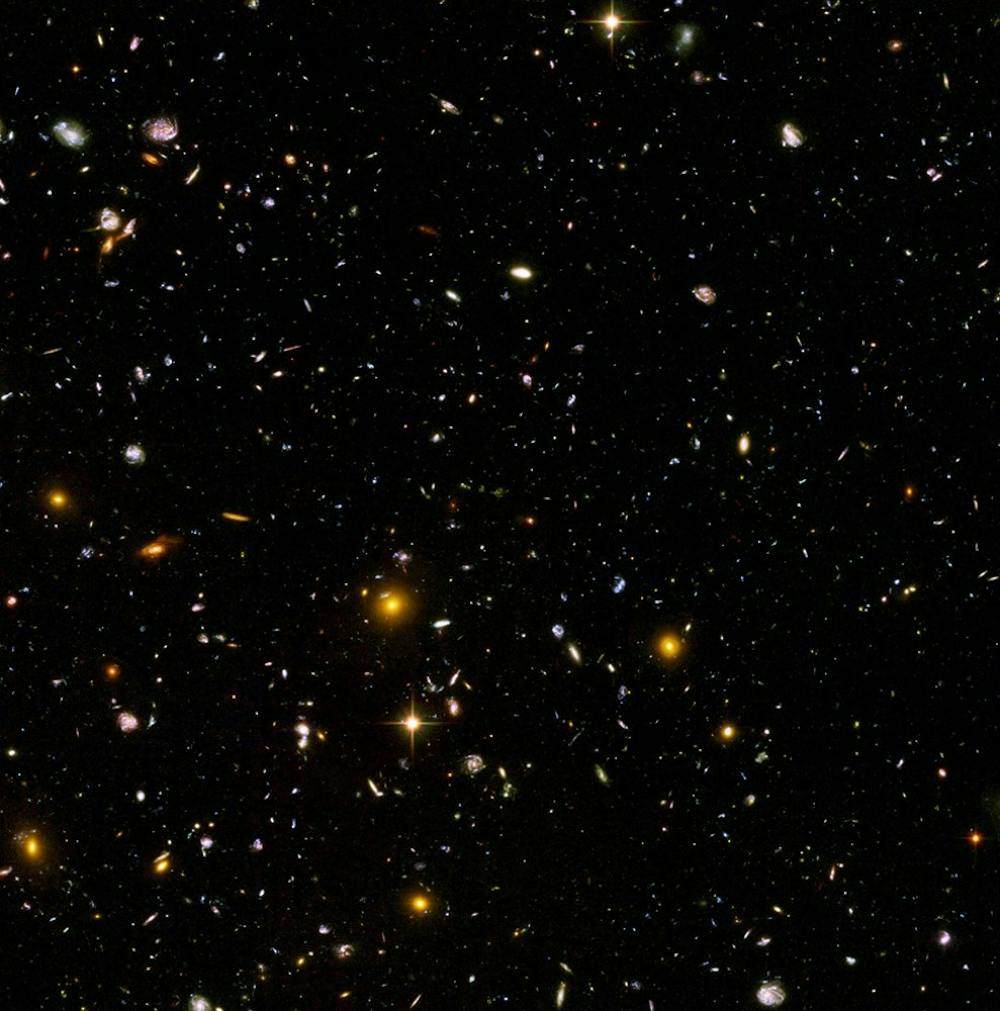While the earth is now approximately 4.54 billion years old, the laws of physics and the universe continue to apply.
Although preliminary research in the aerospace department at the University reveals that it will soon be obsolete, Newton’s law of constant gravitation continues to apply.
The gravitational constant remains consistent. Fruit, puppies and televisions still fall to the ground under a constant gravitational pull when dropped from a 12-story rooftop.
The laws of planetary motion developed in the 16th and 17th centuries by Copernicus and Kepler, respectively, continue to hold true. The planets revolve around the sun. The earth does not freeze over or burn while it continues to revolve at a constant distance from the sun.
Hubble’s law of cosmic expansion, developed in the 1920s, remains constant. The expansion constant remains at 70 km each second per megaparsec. The universe continues to recess and expand and the universe continues to consist of many galaxies.
Newton’s laws of motion continue to apply to most humans on the earth. When someone punches a tree, his hand is still crushed.
Archimedes’ buoyancy principle, maintaining that the force acting on a submerged object equals the weight of the liquid that the object displaces, continues to hold true. He discovered this principle while submerging himself in the tub, and became so excited that he ran through the streets of ancient Greece sans-clothes. Water will still be displaced as one steps into a bathtub today.
Einstein’s theory of relativity remains true: gravity associated with mass curves the space and time around it.
Heisenberg’s uncertainty principle remains true; it is still impossible to know two properties, such as speed and location, of a particle simultaneously. Many drivers continue to get become lost when given knowledge of their driving speed.







